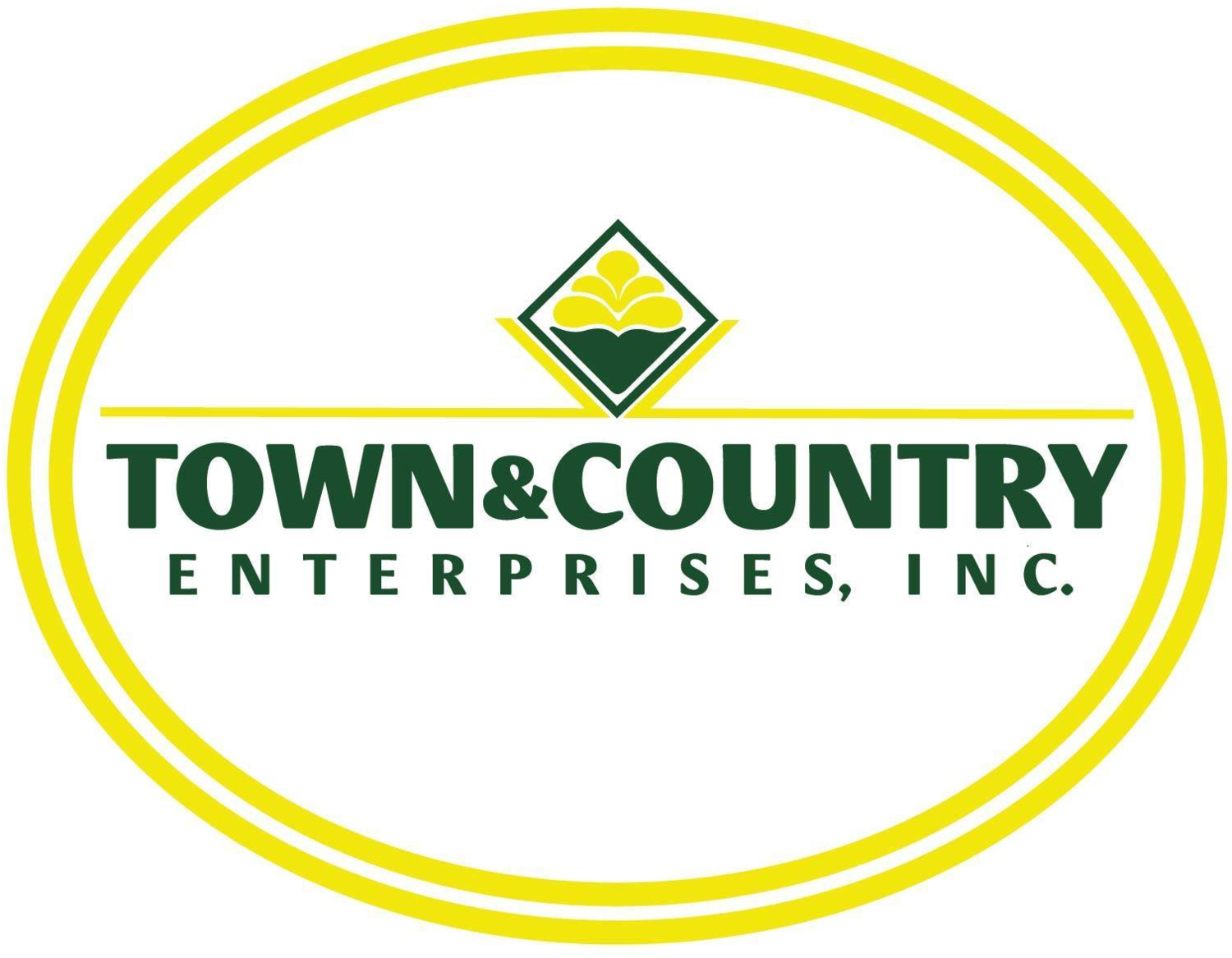Landscapes Require Regular Touch-Ups: Here Are 5 Areas That Require Pruning in the Webster, NY, Area
Maintaining a beautiful landscape requires regular maintenance and touch-ups, including pruning, which is why we recommend contacting a professional landscape company in the Webster, NY, area. But what is pruning, and why is it necessary?
Related: Here Is a Quick Look at What’s Involved in a Lawn Care Program in Pittsford and Webster, NY
Pruning Basics
Pruning involves removing branches, stems, or flowers from a plant to encourage growth and an attractive shape. If you want your trees, shrubs, hedges, and other plantings to be as healthy as they can be, then you will want them to be pruned periodically. There are five areas where pruning is generally recommended, which are generally identified visually.
Dead, Dying & Broken Branches
When dead, dying, and broken branches are removed from a plant, it allows the plant to put its energy into new growth rather than attempting to maintain or revive the dead and dying parts. It’s important to have these branches removed as soon as possible to encourage plant health.
Diseased Branches
If you have a tree or other plant that has been affected by disease, pruning can help stop the spread. Sometimes trees can be affected by blight, which can be either a bacterial or fungus disease that causes cankers or lesions that lead to the death of tissues.
In the case of fire blight, you may notice infected flowers having a water-soaked appearance before turning black or brown and falling to the ground. The disease will spread throughout a twig and move into the branch. When the plant’s tissues are affected, they will appear red and water soaked.
If you have any plantings that are affected by disease, it’s a good idea to hire professionals to do the pruning for you. If done incorrectly, you could use contaminated tools that spread blight to other plantings. Professionals can disinfect their tools to prevent this from happening, and they know safe practices for doing so.
Crossed Branches
Branches that are crossing over one another will need to be pruned, usually pruning just one of the offending branches (in the case there are only two branches crossed). The important step is that the branches have plenty of room to grow and breathe and are not touching. When branches can touch, it can cause chafing, which makes it easier for insects and diseases to infiltrate.
Branches Growing Inward or Downward
If your hedges, shrubs, or other plantings have branches that grow inward towards the central stem or downwards, they will need to be pruned. It’s often viewed as essential that the center of the plant has plenty of room to breathe because if it doesn’t, it becomes at risk for disease. Branches that grow downward tend to be less healthy, and so removing them can improve the overall health of the planting.
Suckers & Water Sprouts
Suckers are shoots of growth from the base of a tree near the roots. These should probably be pruned because they will drain energy from the tree. Similarly, water sprouts grow out from the main branches and can become out of control. Pruning water sprouts helps maintain the shape and growth pattern. When water sprouts are left to grow, they usually result in branches that cross over one another and cause issues later on. It’s usually best to remove them when they are still small.
Related: Why Weeding Is an Essential Part of a Professional Lawn Care Plan in Pittsford, NY
About the Author
Home and business owners in Rochester, New York, and surrounding areas have relied on the extensive knowledge and expertise of Town & Country Enterprises for their landscape care and renovations since 1976. What started as a love for landscaping and student summer job evolved into the full-service company that we are today, delivering outdoor living spaces that enhance both your lifestyle and the overall beauty of your home.

